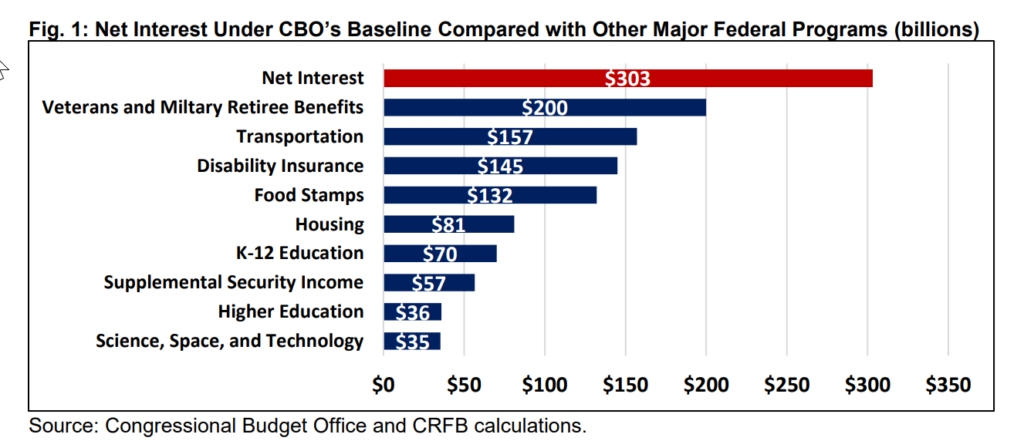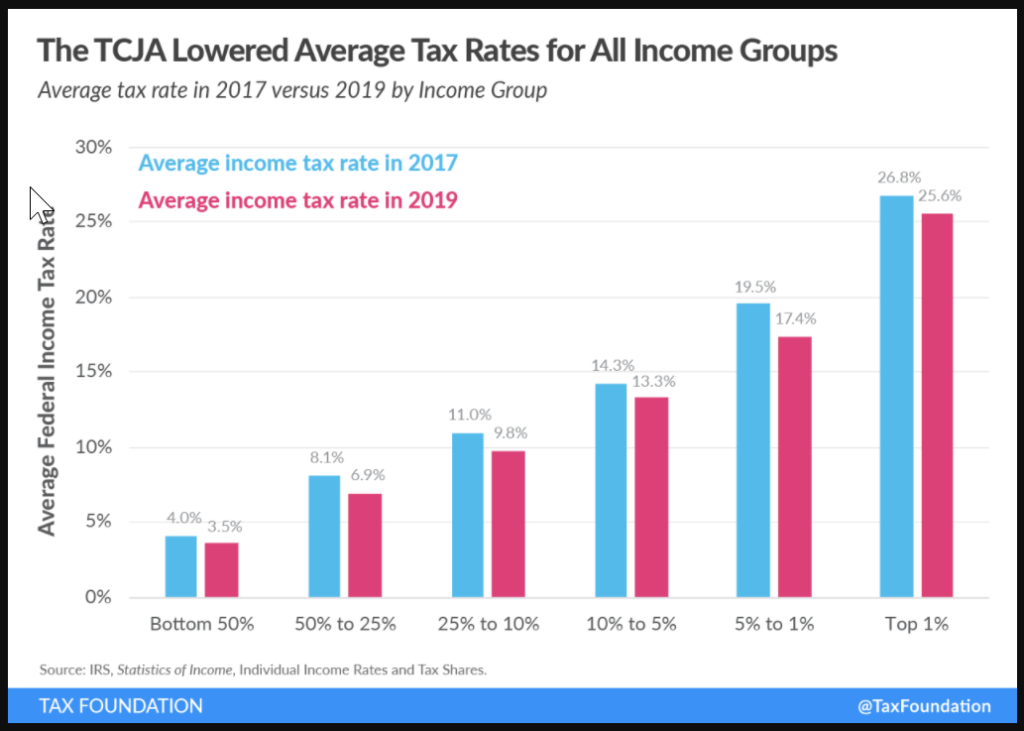Link:https://news.yahoo.com/good-illinois-pension-news-doesn-155356123.html
Excerpt:
The state saw its unfunded pension liability decrease in fiscal year 2021 for the first time in four years, due in large part to investment returns exceeding 20 percent, according to a new report from the Commission on Government Forecasting and Accountability.
Measuring by the current-day values of the pension fund assets, unfunded liabilities – or the amount of debt the state pension funds owe that they can’t afford to pay – dropped by nearly 10 percent, to $130 billion in FY 2021 from $144 billion in the previous fiscal year. That put the state’s five pension funds at 46.5 percent funded, up from 39 percent the previous year.
….
That’s the name commonly used to refer to Public Act 88-0593, or the state’s 50-year plan to bring the its five pension funds to 90 percent funded by 2045.
The actual target for that ramp should be a 100 percent-funded pension system within the next 25 years or preferably sooner, according to a letter attached to the COGFA report from its actuary, Segal Consulting.
Author(s): Jerry Nowicki
Publication Date: 10 Dec 2021
Publication Site: Yahoo News


